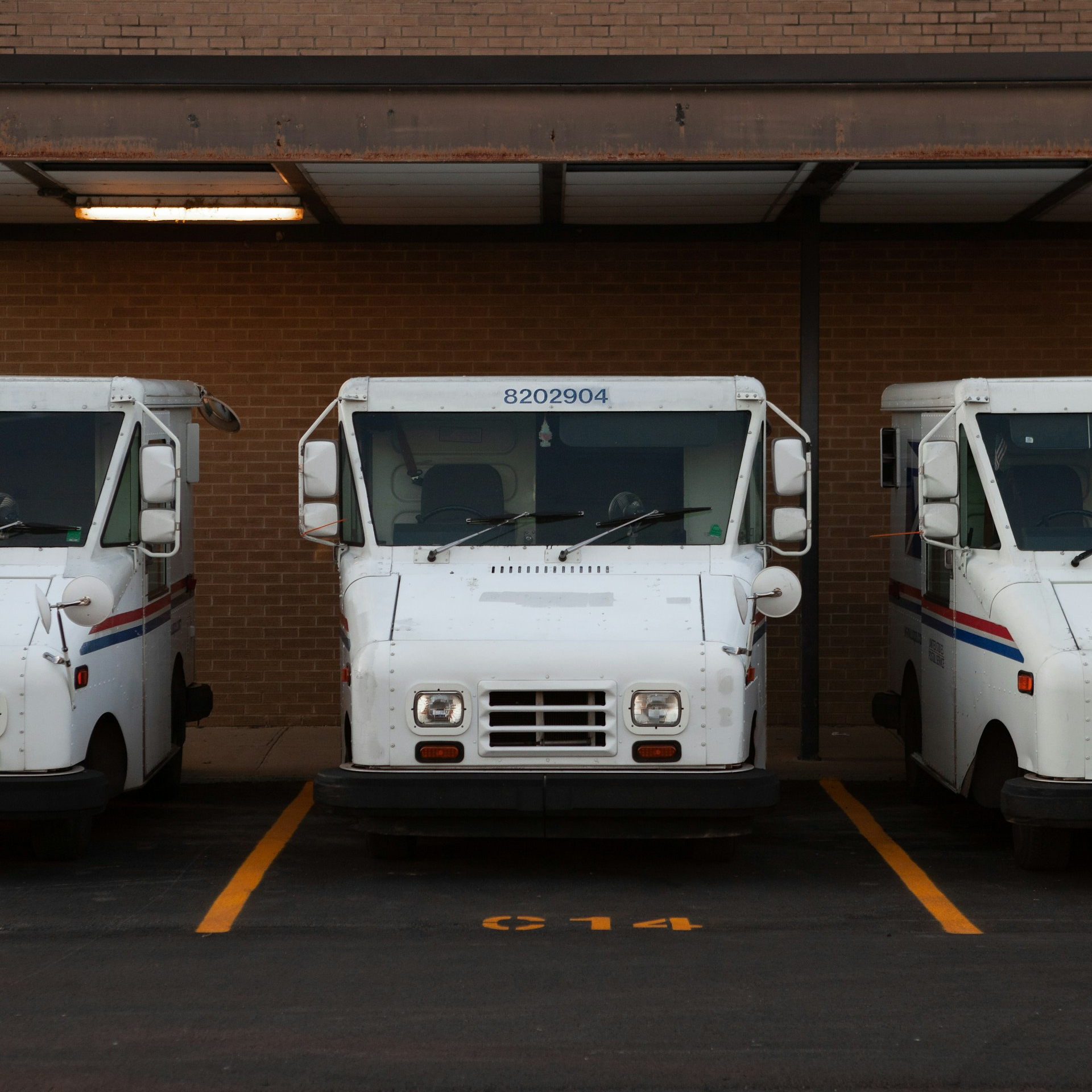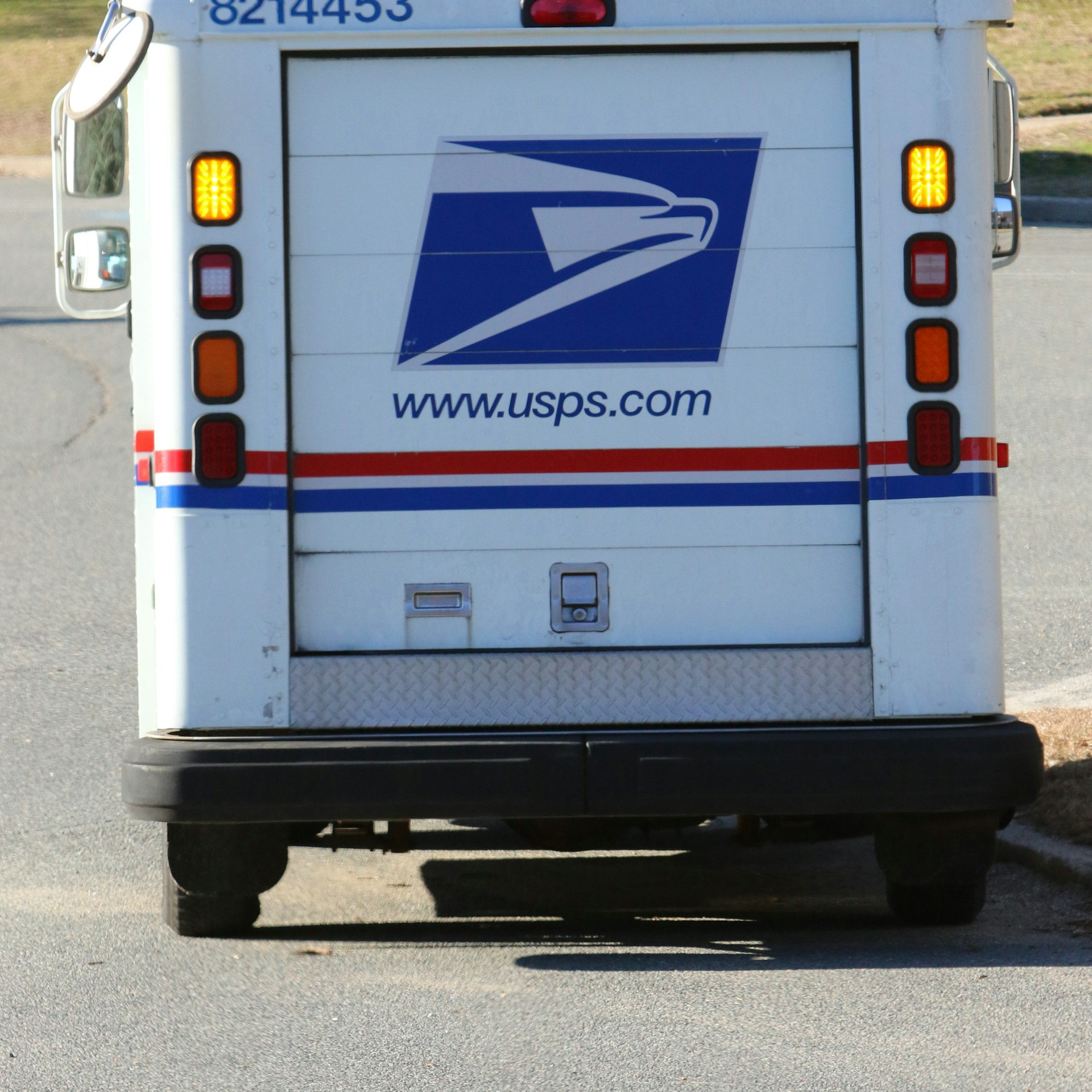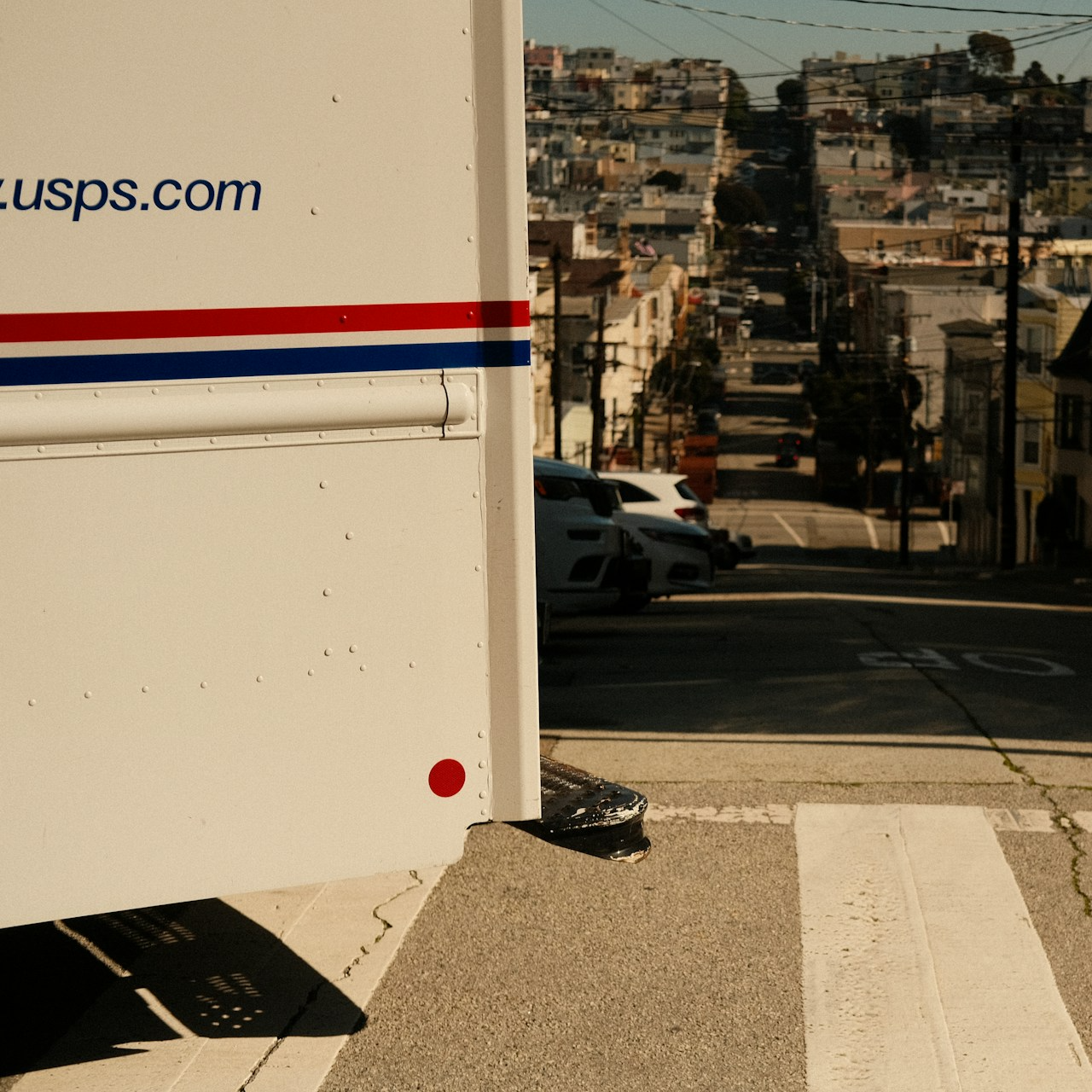Key Takeaways
- Congress is closely monitoring the implementation of the Postal Service Health Benefits (PSHB) program to ensure its success for all postal employees.
- The PSHB program will start in 2025, aiming to streamline healthcare options for postal workers while addressing rising healthcare costs.
Congress Is Keeping Tabs on PSHB—Here’s What They’re Doing to Make Sure the New Plan Works for Postal Employees
Starting in 2025, postal employees will transition to the Postal Service Health Benefits (PSHB) program, a significant shift from the current health coverage model. Congress, recognizing the importance of this program, is actively involved in its implementation and oversight. The government is taking steps to ensure that the new plan meets the needs of postal employees, retirees, and their families, while also addressing broader goals like cost containment and improved efficiency. This article explores what Congress is doing to monitor the PSHB and what postal employees can expect from this significant change in their healthcare options.
What Is the PSHB Program?
The Postal Service Health Benefits (PSHB) program is a new health insurance offering specifically designed for postal employees, retirees, and their eligible family members. It is part of a broader legislative package aimed at reforming postal services and ensuring that healthcare coverage remains affordable and comprehensive for postal workers. Unlike the Federal Employees Health Benefits (FEHB) program, PSHB will be a separate, dedicated system focusing solely on the unique needs of postal workers.
Why Is Congress Involved in PSHB?
Congress plays a critical role in ensuring that the PSHB program is implemented smoothly and that it serves its intended purpose. The initiative is a response to increasing healthcare costs and financial sustainability concerns related to the U.S. Postal Service (USPS). By taking an active role, Congress aims to make sure that the program aligns with the legislative intentions, offering postal workers quality health coverage while also maintaining the fiscal health of the USPS.
Congressional Oversight: What Does It Involve?
To ensure the success of the PSHB program, Congress has put in place various oversight mechanisms. These include:
-
Legislative Reviews and Amendments
Congress periodically reviews the legislative framework surrounding the PSHB program to ensure that it stays relevant and effective. They assess whether the plan aligns with the intended objectives and make amendments as needed. This flexibility allows Congress to respond to emerging challenges in the healthcare landscape and adapt the program accordingly. -
Collaboration with the Office of Personnel Management (OPM)
The Office of Personnel Management (OPM) is responsible for administering the PSHB program. Congress works closely with the OPM to monitor the development and implementation stages, ensuring that regulations and policies are crafted with the welfare of postal employees in mind. By maintaining this collaborative relationship, Congress aims to oversee that OPM delivers a program that effectively addresses the specific needs of the postal workforce. -
Public Hearings and Stakeholder Engagement
Congress organizes public hearings to gather feedback from stakeholders, including postal employees, unions, and healthcare experts. These hearings are essential for understanding the needs and concerns of postal workers and ensuring that the PSHB program aligns with their expectations. Congressional committees use this information to make informed decisions about potential adjustments or enhancements to the program.
How Will PSHB Impact Postal Employees and Retirees?
The transition to the PSHB program is expected to bring several changes for postal employees and retirees. Understanding these impacts is crucial for preparing for the transition.
-
Access to Tailored Health Plans
One of the main goals of the PSHB program is to provide health plans specifically tailored for postal employees. These plans will aim to offer a more focused range of services and benefits that align with the healthcare needs of postal workers. While the specifics of these plans are still being developed, they are intended to provide comprehensive coverage options while controlling costs. -
Transition Requirements for Retirees
Postal retirees who are currently enrolled in the FEHB program will need to transition to PSHB plans by 2025. To assist with this process, Congress has mandated that the OPM provide clear guidance and support for retirees. This will include informational sessions and resources designed to help retirees understand their options and make informed decisions about their health coverage. -
Medicare Integration
A significant feature of the PSHB program will be the integration with Medicare for retirees who are eligible. Congress has ensured that the PSHB plans are structured to work alongside Medicare, providing a coordinated approach to healthcare. This integration aims to enhance benefits while also managing costs for both postal employees and the federal government. However, it’s essential for retirees to understand their Medicare eligibility and how it will impact their PSHB coverage.
What Challenges Is Congress Addressing?
As with any significant policy change, there are challenges associated with implementing the PSHB program. Congress is actively working on several fronts to mitigate these potential issues:
-
Managing Rising Healthcare Costs
One of the primary reasons for creating the PSHB program was to address rising healthcare costs for both the USPS and postal employees. Congress is closely monitoring the program’s financial impact to ensure it delivers on its promise of affordability. This involves working with the OPM to set cost-control measures that do not compromise the quality of care. -
Ensuring Smooth Transition for Current Employees and Retirees
The shift to the PSHB program will require careful planning, especially for retirees transitioning from the FEHB program. Congress has tasked the OPM with developing a comprehensive transition plan, which includes communication strategies, support services, and timelines for postal employees. By overseeing this transition, Congress aims to prevent any coverage gaps or confusion among beneficiaries. -
Maintaining Transparency and Accountability
Transparency is a priority for Congress as it monitors the implementation of the PSHB program. By conducting public hearings and publishing reports on the program’s progress, Congress ensures that postal employees and retirees have access to accurate and up-to-date information. This level of accountability helps build trust among postal workers and ensures that their needs remain a priority.
How Can Postal Employees Prepare for PSHB?
Postal employees and retirees should take proactive steps to prepare for the changes coming in 2025. Here are a few practical tips:
- Stay Informed: Regularly check for updates from USPS, Congress, and the OPM. Understanding the latest developments will help postal employees and retirees make informed decisions about their healthcare coverage.
- Review Medicare Eligibility: For those nearing retirement, reviewing Medicare eligibility and understanding how it integrates with PSHB will be crucial. Retirees should start this process early to ensure a smooth transition.
- Attend Informational Sessions: As Congress and the OPM roll out the program, there will be various informational resources available. Attending these sessions will help employees and retirees get answers to their questions and learn more about the benefits and requirements of PSHB.
The Future of Postal Employee Healthcare: A Congressional Priority
Congress is committed to ensuring that the PSHB program is effective and beneficial for postal employees and retirees. The transition is a significant shift, but with active congressional oversight, the program aims to deliver on its promises of affordability, comprehensive coverage, and improved healthcare services tailored specifically for the postal workforce. Postal employees can feel assured that their representatives are taking steps to monitor and support the PSHB program, making it a priority for the years to come.














